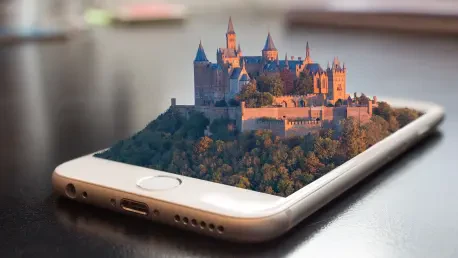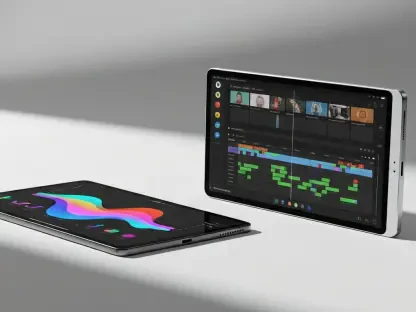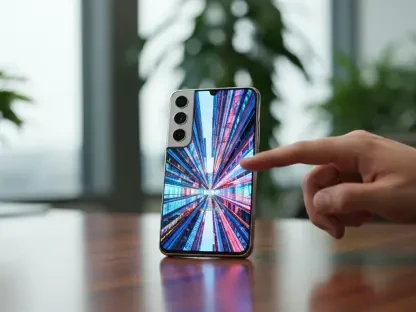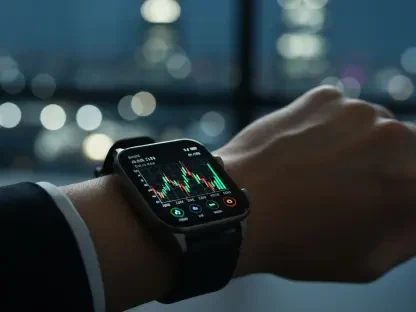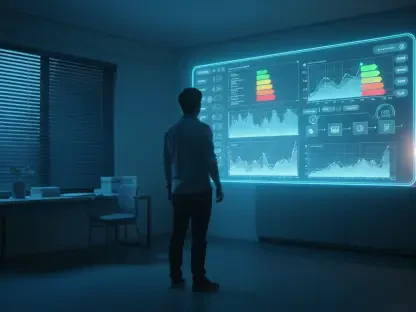Listen to the Article
One of the greatest roadblocks to business is long sales cycles that delay conversion rates and growth. Extended trading periods translate to higher costs and lower returns, which is alarming for companies set to build revenue. Fortunately, the immersive experience has surprised the world with its widespread adoption and notable impact in multiple industries. Businesses now use augmented reality (AR) as part of their sales and marketing strategies. Although integrating this technology in demand generation is a fairly new concept, it has proven effective. By understanding the role of digital tools, your company can enjoy the rewards of interactive experiences. Continue reading to discover the value of incorporating AR to improve returns and learn about different B2B success stories.
What Immersive Technology Does for Your Business
Boost Sales Opportunities
Digital tools remove the need for time-consuming and costly manual processes by providing businesses with a virtual solution to share product details. For example, using Blippar’s augmented reality tech, Cisco customers can point a camera at their products to automatically reveal information about them. Not only does this create sales opportunities, but it also offers buyers quick access to necessary details about product features. Customers can instantly access step-by-step instructions, leading to a 30% average increase in the process of installing Cisco items. Following this example, B2B sellers can seamlessly demonstrate their offering line without overusing resources.
Notably, global brands combine conventional approaches with virtual tools for higher ROI. Results from a meta-analysis reveal that 90% of companies using this combination outperformed those solely using traditional methods. The same findings show that introducing augmented reality boosts brand recognition by at least three times with 59% less expense.
There are also instances where companies manage specialized machinery that is bulky and hard to move around. In response, simulated experiences allow sellers to showcase their equipment at a sales pitch without added effort. With AR, sellers can use 3D visualization to demonstrate their equipment and gain buyer interest.
Accelerate Sales Cycles
In addition to creating new sales opportunities, augmented reality also shortens sales cycles—helping businesses close deals faster and improve profitability. This immersive technology visually demonstrates to customers the advantages of purchasing from a business on one screen, which speeds up the buying process. Digitalization is a quick way for B2B consumers to review products, and 38% of them claim to buy at a faster pace because of this.
Virtual showcases reduce the need for customers to browse items through physical pages. Instead, it saves time and allows people to engage with products in real time, which gives the ideal buyers a quicker decision-making window about the purchase while building their confidence in the item. For example, the IKEA Place application enables potential buyers to envision products and how these would fit in their spaces. Furthermore, IKEA has seen a 35% increase in online sales and a 20% reduction in product returns since incorporating visualization in its traditional marketing strategy.
3D Data Analysis
Using augmented reality provides businesses with a platform to display proven buyer results. It can be difficult for people to understand data, but digital presentations make it easier by allowing customers to interact with 3D reports. The International Business Machines (IBM) corporation uses immersive experiences to help users access important data. IBM’s virtual models present complex information more clearly, which creates value for customers and leads to business growth.
Proven B2B Use Cases
Coca-Cola’s Retail Visualizer
With the objective of generating sales, Coca-Cola invested in a virtual in-store display in major retail chains to encourage impulse buying and point-of-sale systems associated with potential cooler installations. The leading beverage company used augmented reality to reinforce their catalog and eliminate obstacles in B2B marketing, which further cemented their commitment to convenience.
Due to this digital campaign, 65% of customers remembered the display, while the company saw a 10% sales increase. During this retail visualizer period, Coca-Cola retailers reported experiencing a surge in customer engagement and appreciation. The response from retailers and consumers is evidence of how virtual technology can drive growth and promote brand awareness in the B2B market.
The Break Room Created By AEI Consultants
As a noticeable leader in the technology industry, AEI used the digital approach in an enjoyable and innovative way. The company leveraged augmented reality to reinforce the importance of conference breaks while promoting their construction and sustainability services in the process. AEI’s campaign used immersion to transform how attendees experience work conferences. Using digitalization in event spaces provided the brand and its organizers with a substantial ROI.
Standout Summits by Superside
Incorporating immersive technology has increased impressions and inspired brand recognition for Superside. Users have been able to view company summits and events through virtual portals, which has resulted in high interest and engagement levels. Leveraging digital experiences has allowed the company to facilitate appealing webinars that have helped international businesses launch highly influential campaigns on a large scale.
Dayforce’s Digitized Conventions
Last but not least, as a work-tech giant, Dayforce stands out in an extra competitive technology market. The company couples existing in-person traditions with augmented reality to enhance brand presence during conventions. It also collaborated with Superside to further promote brand visibility while using an immersive experience to showcase information teasers and capture customer attention. Merging face-to-face experiences with virtual offerings helps business leaders make valuable company decisions, which enables better resource management.
Conclusion
Immersive technology is redefining how sellers engage potential buyers by turning static product information into interactive experiences. Buyers are more likely to purchase a product they can visualize, rather than abstract concepts. Using augmented reality enables deeper product understanding, builds trust, and accelerates buying decisions. It also creates lasting value and sales opportunities for businesses. As more B2B brands adopt this approach, AR is quickly becoming a powerful driver of engagement, differentiation, and sales growth.
